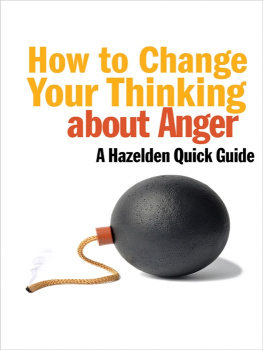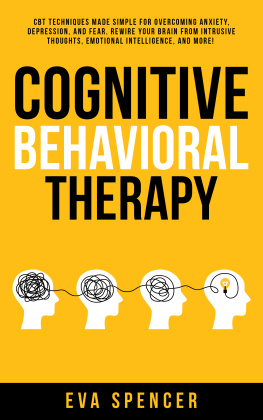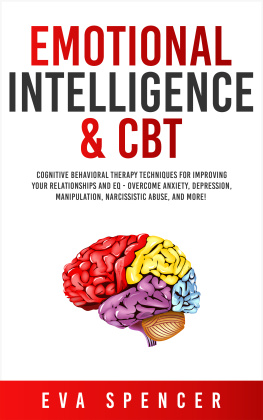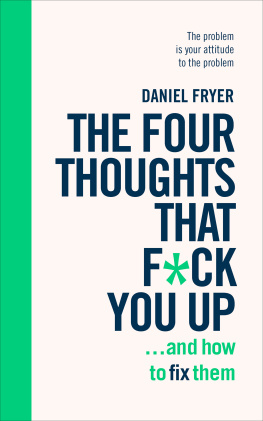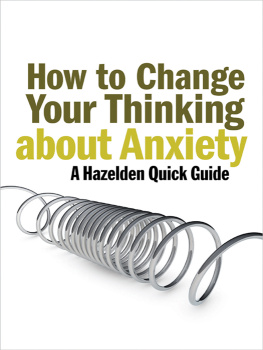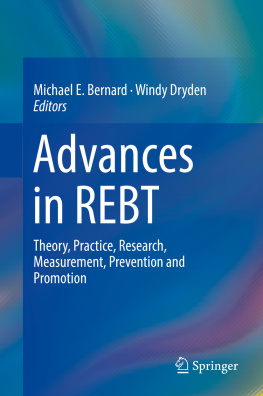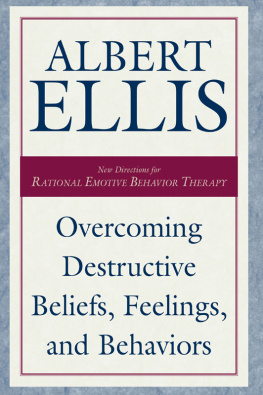Hazelden, a national nonprofit organization founded in 1949, helps people reclaim their lives from the disease of addiction. Built on decades of knowledge and experience, Hazelden offers a comprehensive approach to addiction that addresses the full range of patient, family, and professional needs, including treatment and continuing care for youth and adults, research, higher learning, public education and advocacy, and publishing.
A life of recovery is lived one day at a time. Hazelden publications, both educational and inspirational, support and strengthen lifelong recovery. In 1954, Hazelden published Twenty-Four Hours a Day, the first daily meditation book for recovering alcoholics, and Hazelden continues to publish works to inspire and guide individuals in treatment and recovery, and their loved ones. Professionals who work to prevent and treat addiction also turn to Hazelden for evidence-based curricula, informational materials, and videos for use in schools, treatment programs, and correctional programs.
Through published works, Hazelden extends the reach of hope, encouragement, help, and support to individuals, families, and communities affected by addiction and related issues.
For questions about Hazelden publications, please call 800-328-9000
or visit us online at hazelden.org/bookstore.
The Anatomy of Anxiety
Anxiety is the dizziness of freedom, wrote Sren Kierkegaard, the Danish philosopher. That statement makes you wonder whether he ever actually felt anxiety.
How can you be free when your muscles are locked in tension and you start to shake? When youre short of breath or feel like youre slowly being smothered? Theres dizziness, yes, but also hands that go hot and sweaty or cold and clammy, a heart that pounds furiously in your chest, and thoughts that race at blinding speed.
Along with this assault on your senses comes a fear that youre falling into an abyss, that all your efforts to stay in control are doomed, that youre going crazy, that you might even die. You scan the environment for a place to escapesomewhere, anywhereand feel an urge to run and hide.
In the midst of all this agitation, there is a path to serenity. It begins with understanding something about the nature of emotions in general. Once you step back from the experience of any emotion, take it apart, and put it under a microscope, youll start to free yourself from it.
Three Points about Feelings
Begin with the fact that human beings are feeling beings. In any given moment on any given day, were feeling somethingpleasant, unpleasant, or neutral. We may not always express our feelings to other people. And sometimes were not even fully aware of them. But feelings are happening anyway, flowing like a deep river of movement and change inside us and determining our direct experience of daily life.
We also have a push-pull relationship with feelings: We cling to the pleasant ones and we resist the unpleasant ones. While this works reasonably well most of the time, our tendency to cling and resist sometimes gets us into trouble. We adopt an adversary relationship with our feelings. We struggle to change them, control them, and fix them. At times we put so much effort into getting our emotions right that we twist ourselves into emotional knots.
At any momenteven when youre feeling extremely afraid, sad, or madyou can get back in balance. You can start to untwist yourself by remembering three key points about the nature of emotions.
Emotions are useful. During the course of human evolution, human beings developed emotions for a purpose. Emotions are invitations to action. This is true of unpleasant emotions as well as pleasant emotions. For example, anger prepares us to defend ourselves against a possible aggressor. Fear reminds us to avoid people, places, or things that might be dangerous. Sadness prepares us to withdraw from our normal round of activity, slow down, and take some time to recover from loss and learn from failure.
Remembering these facts can help us relax our internal struggle with unpleasant emotions a little bit. Anger, sadness, and fear are not alien experiences. These emotions are hardwired into us. They might not always be fun. But theyre normal, and our wisest option is simply to accept them.
Emotions are impermanent. No matter what emotion youre feeling right now, you can count on one thingit will change. Every emotion has a natural life span. Even the hottest flash of anger and the deepest sting of shame will pass away in their own time. No emotion lasts forever.
Emotions are often compared to waves. Like a wave, every emotion appears, rises to a peak, and then falls. This might seem obvious. But its one of the first things that we forget when were feeling upset.
Just as some waves rise to enormous heights, some emotions rise to great peaks of intensity. At those peak moments, we might feel that were drowning. The emotion feels like a destructive force of naturea hurricane, cyclone, or flood thats raging inside us. We worry that we wont survive, that its too much to bear. We forget that this moment is just the peak of the wave. In fact, an emotion often feels most unpleasant right before it begins to recede.
Remembering that emotions are impermanent helps us ride out the waves. Sure, we might feel pretty yucky during a wave of sadness, anger, or fear. But these are not permanent occupants of our psyche. In every moment, emotions are changing. To every emotion we can apply that old saying: This, too, shall pass.
One of the key skills that healthy, happy people master is the patience to watch emotions come and go. At a fundamental level, theres no need to push or pull on them. In fact, all our frenetic efforts to control emotions are doomed to failure. Feelings of pleasure will pass, no matter how much we cling to them. Unpleasant feelings will pass too, no matter how much we resist them. If we redouble our efforts anyway and try even harder to suppress or deny the emotion, then we just set ourselves up for mental health issues.
Theres one more benefit of remembering that emotions are impermanent. Even though every emotion is an invitation to action, you dont have to accept the invitation. Our emotionally driven urges to behave come from a very primitive part of the human brain. Those urges are not always in our best interests. Even though we feel like hitting someone during a peak moment of anger, its not a good idea. Even though we feel like running offstage when were afraid to give a speech, thats not a good idea either. And even though some people feel like killing themselves during the darkest moments of depression, thats never a life-enhancing choice.
Fortunately, theres another major player in our internal experienceour ability to think. As human beings evolved, the primitive parts of their brain got overlaid with new regions of gray matter. These regions are devoted to making decisions, solving problems, and creating new options. We dont always have to act on the first urge that we feel. We can weigh the benefits and costs first. We can look for alternatives. And we can choose the behaviors that are rational, life enhancing, and aligned with our values.
Emotions have three core elements. Human beings have an astoundingly wide spectrum of emotions. Our language contains thousands of words for describing emotional states and making fine distinctions between one feeling and another. Despite their differences, however, every emotion has just three core elementsthoughts, physical sensations, and urges to behave. Consider anxiety as a case in point.
Automatic Thoughts
Many people experience anxiety as racing thoughts and mental images of catastrophe. In addition, the capacity to think clearly disappears, and the ability to concentrate seems like a distant memory.
Next page

